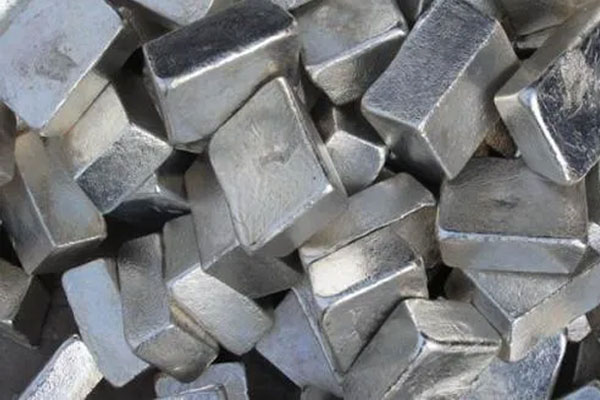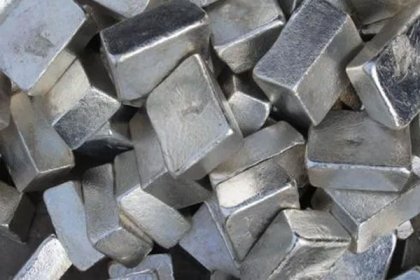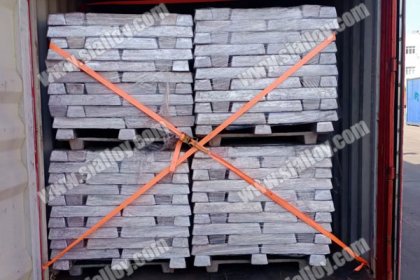production output of magnesium
Magnesium is one of the most abundant light metal elements on earth. Magnesium is the eighth most abundant in the universe, 2% abundant in the crust, and the third most abundant in seawater. Magnesium is widely distributed in nature, mainly in the form of solid ores and liquid minerals. Solid ore mainly includes magnesite, dolomite, etc.; liquid ore mainly comes from seawater, natural salt lake water, underground brine, etc.Magnesium resources are rich in types and widely distributed. In addition to the abundant solid magnesium-bearing minerals, the resources of magnesium-bearing evaporative minerals (seawater, brine, salt lake) can be said to be inexhaustible. Magnesium is contained in more than 60 kinds of minerals on the earth, but the magnesium resources used in the world are mainly dolomite, magnesite, brucite, carnallite, and olivine. Followed by seawater bittern, salt lake brine and underground brine. The current reserves of magnesium-containing resources can fully meet the human demand for magnesium, and it will not be a problem even in the future. Natural brine can be seen as a recyclable resource, so magnesium mined by humans is regenerated in a relatively short period of time. According to the data released by the United States Geological Survey (USGS) in 2015, the proven magnesite resources in the world reached 12 billion tons, and the reserves were 2.4 billion tons. Countries with rich reserves include: Russia (650 million tons, accounting for 27% of the total); China (500 million tons, accounting for 21% of the total); South Korea (450 million tons). In addition, the concentration of magnesium chloride in salt lake water is higher than that of sea water, so salt lake water is also an important resource for magnesium production. For example, the Great Salt Lake in Utah, USA, and the Dead Sea between Israel and Jordan are world-famous for their rich magnesium resources and large magnesium plants are built around them.

China is the country with the most abundant magnesite resources in the world after Russia. It is characterized by not wide distribution, relatively concentrated reserves, and many large deposits. 21% of the world's magnesite reserves are concentrated in China, and 67% of the output is provided by China. There are 27 mining areas with proven magnesite reserves, which are distributed in 9 provinces (regions). Liaoning has the most abundant magnesite reserves, accounting for 85.6% of the country's total. In addition, magnesite deposits in Shandong, Tibet, Xinjiang, Gansu and other regions are also richer. China is also rich in magnesium-bearing dolomite mines, with proven reserves of more than 4 billion tons. Dolomite resources can be found in all provinces in my country, especially in Shanxi, Ningxia, Henan, Jilin, Qinghai, Guizhou and other provinces. According to their properties, dolomite deposits are mainly divided into two types: hydrothermal type and sedimentary type. Hydrothermal deposits are widely developed in Liaodong and Jiaodong; sedimentary deposits are mainly distributed in Shanxi, Henan, Hunan, Hubei, Guangxi, Guizhou, Ningxia, Jilin, Qinghai, Yunnan, Sichuan and other provinces. China is also rich in magnesium-bearing dolomite mines, with proven reserves of more than 4 billion tons. Dolomite resources can be found in all provinces in my country, especially in Shanxi, Ningxia, Henan, Jilin, Qinghai, Guizhou and other provinces. According to their properties, dolomite deposits are mainly divided into two types: hydrothermal type and sedimentary type. Hydrothermal deposits are widely developed in Liaodong and Jiaodong; sedimentary deposits are mainly distributed in Shanxi, Henan, Hunan, Hubei, Guangxi, Guizhou, Ningxia, Jilin, Qinghai, Yunnan, Sichuan and other provinces.
In 2014, the global primary magnesium output was 907,000 tons, a year-on-year increase of 29,000 tons. China's primary magnesium production accounted for 88.2% of the total, which can be said to be the leader. In addition to China, the largest output are: Israel (30,000 tons), Russia (28,000 tons), and Kazakhstan (21,000 tons). In 2014, China's primary magnesium output was 873,900 tons, an increase of 13.53% compared with the same period last year; Shaanxi Province, as the country's largest producer of magnesium metal ingot, produced a total of 404,600 tons in 2014, accounting for 46.30% of the national output. Shaanxi Province accounts for 46.30% of China's total output, Shanxi Province accounts for 28.36% of total output, and the two provinces account for 74.66% of total output, occupying most of China's primary magnesium market.
 中文
中文


